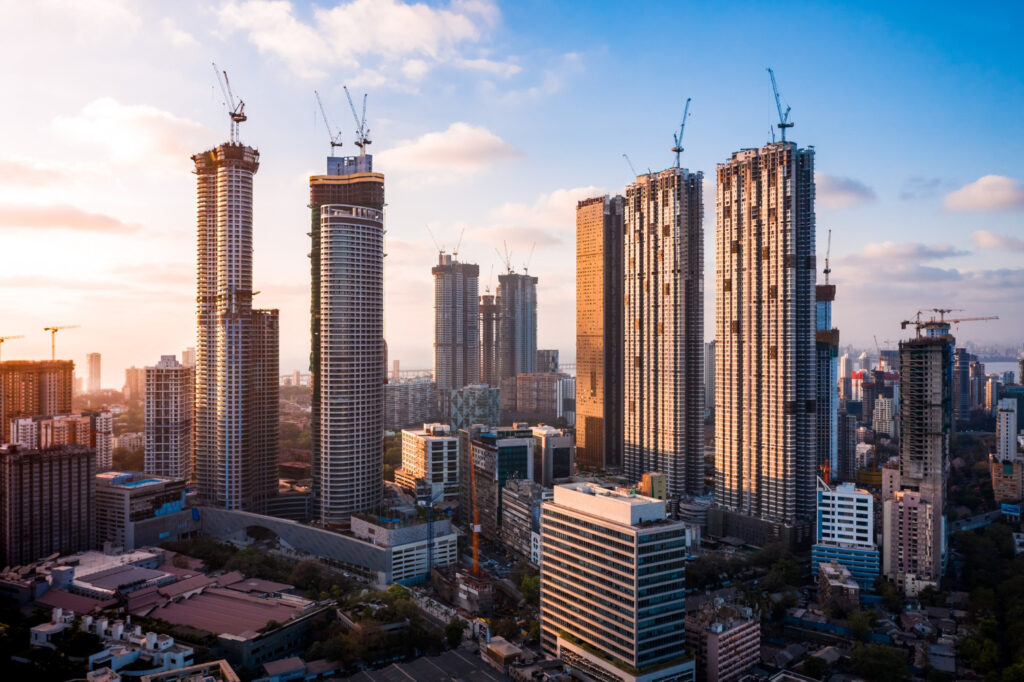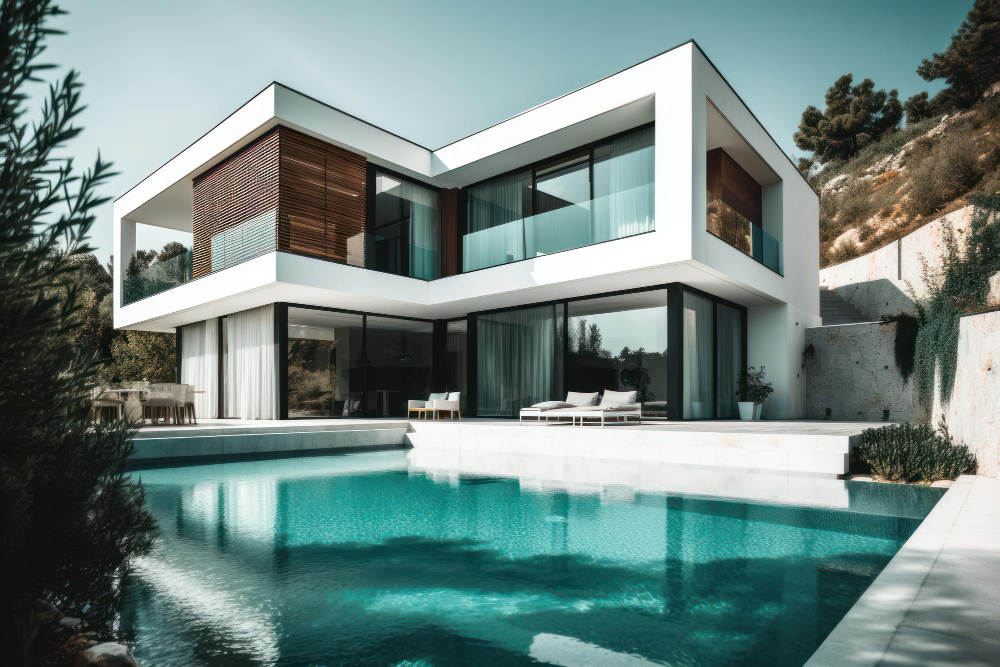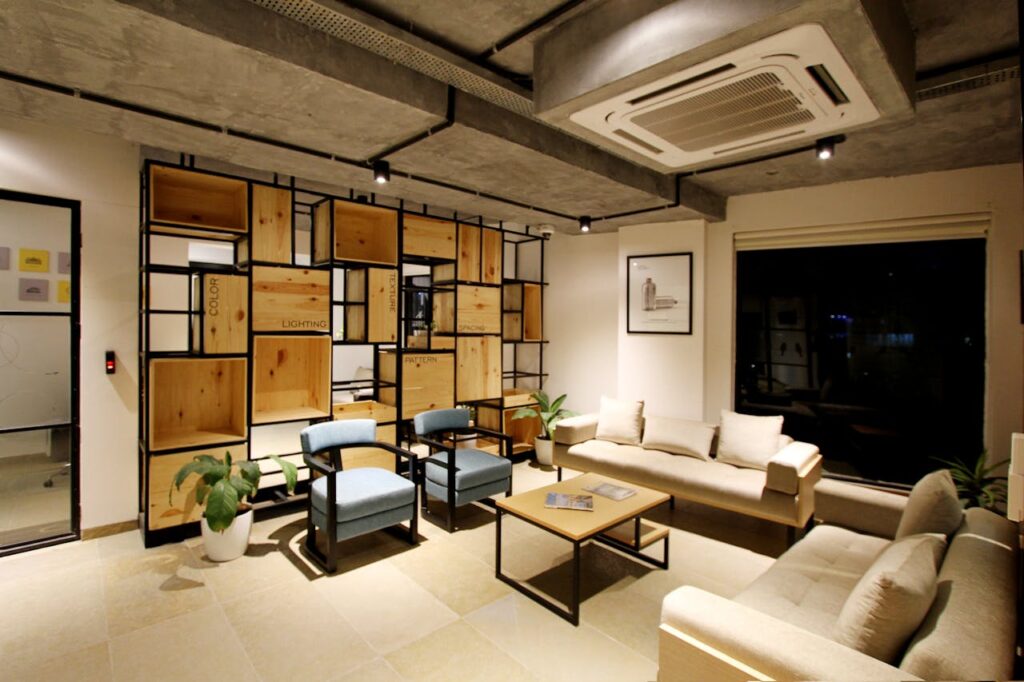Real estate is a huge part of our lives. Whether you’re planning to buy your first home, invest in property, or just curious, understanding the different types of real estate is essential. In this easy-to-read guide, we’ll explore the major categories of real estate and the various types of homes you might come across. Let’s dive in!

What Is Real Estate?
Real estate refers to land and anything permanently attached to it, like buildings or homes. It includes natural resources such as water, minerals, and crops. Real estate is a valuable asset and a major part of the economy.
Main Types of Real Estate
There are four primary types of real estate:
1. Residential Real Estate
This is the most common type and includes properties where people live. Residential real estate includes:
Single-family homes
Multi-family homes
Apartments
Condominiums (condos)
Townhouses
Duplexes
Mobile homes
Single-Family Homes
A single-family home is a stand-alone house built for one family. It usually has a yard and offers the most privacy.
Multi-Family Homes
These are buildings with more than one unit. They include duplexes, triplexes, and fourplexes. Each unit has its own entrance and living space.
Apartments
Apartments are units in a larger building. They are usually rented and managed by a landlord or property management company.
Condominiums (Condos)
Condos are like apartments, but you own your unit. Common areas, like hallways and gyms, are shared with other condo owners.
Townhouses
Townhouses are multi-floor homes that share walls with neighboring houses. They are common in cities and offer a balance between a house and a condo.
Duplexes and Triplexes
These are homes divided into two or three units. Each unit has its own entrance, and they may be rented or owned.
Mobile Homes
Mobile homes are built in factories and moved to a desired location. They are often located in mobile home parks.

2. Commercial Real Estate
Commercial properties are used for business purposes. These include:
Office buildings
Retail spaces (like shops and malls)
Warehouses
Hotels and resorts
Office Buildings
These buildings are used for business offices. They range from small buildings to large skyscrapers.
Retail Spaces
Retail spaces are where products and services are sold. Think of shopping malls, stores, and restaurants.
Warehouses
Warehouses are large buildings used for storing goods. Some may include office space or be used as distribution centers.
Hotels and Resorts
These properties offer lodging and services for travelers. They can vary from small inns to luxury resorts.
3. Industrial Real Estate
Industrial properties are used for manufacturing, production, and storage. They include:
Factories
Power plants
Research and development buildings
Distribution centers
These properties often require special zoning and infrastructure like highways and railroads.
4. Land
Land is undeveloped property or vacant land. It can be used for farming, building new homes, or holding as an investment. Types of land include:
Agricultural land
Recreational land
Undeveloped/raw land
Infill land (located within a developed area)

Types of Homes in Detail
Let’s look more closely at some common types of homes in the residential real estate category:
Bungalows
Bungalows are single-story homes. They are ideal for seniors or anyone who prefers to avoid stairs. Bungalows often have a cozy and simple layout.
Villas
Villas are luxurious homes, often located in scenic areas. They usually include private gardens, pools, and spacious living areas.
Farmhouses
Farmhouses are located in rural areas and often include land for farming. They offer a peaceful lifestyle and connection to nature.
Studio Apartments
A studio apartment has one main room that combines the living room, bedroom, and kitchen. It’s small but efficient, often chosen by singles or students.
Lofts
Lofts are large, open spaces usually found in converted warehouses or factories. They have high ceilings and minimal walls, creating a modern and artistic feel.
Row Houses
Row houses are a series of identical or mirror-image homes that share side walls. They are common in urban areas and often have two or more floors.
Cottages
Cottages are small, cozy houses often found in the countryside. They are perfect for vacation homes or weekend getaways.

Choosing the Right Type of Property
When deciding what type of property to buy or invest in, consider the following:
Budget: What can you afford?
Purpose: Will you live in it, rent it out, or use it for business?
Location: City, suburb, or rural area?
Lifestyle: Do you prefer privacy, convenience, or luxury?
Investment goals: Are you looking for rental income or long-term value?
Pros and Cons of Different Property Types
| Property Type | Pros | Cons |
|---|---|---|
| Single-Family Home | Privacy, space | Expensive, maintenance needed |
| Condo | Lower maintenance, amenities | Monthly fees, less privacy |
| Apartment | Affordable rent | No ownership, limited control |
| Townhouse | Good balance of space and cost | Shared walls, HOA rules |
| Land | Flexible use, appreciation | No immediate income, zoning issues |
| Commercial | High returns, business use | Expensive, complex management |
| Industrial | Long-term tenants, high income | Special zoning, large investment |
Real Estate as an Investment
Real estate is a popular way to build wealth. You can earn money through:
Rental income
Property appreciation
Tax benefits
Flipping homes (buying, renovating, and selling for profit)
However, investing in real estate also comes with risks like market fluctuations, property damage, or tenant issues.
Conclusion
Understanding the different types of real estate and homes is the first step toward making smart decisions. Whether you’re buying your first home, looking for a rental property, or investing in land, knowing the pros and cons of each type helps you choose what’s best for your needs and goals.
If you found this article helpful, share it with your friends or explore our blog for more real estate tips and guides. Have questions? Drop a comment below!
